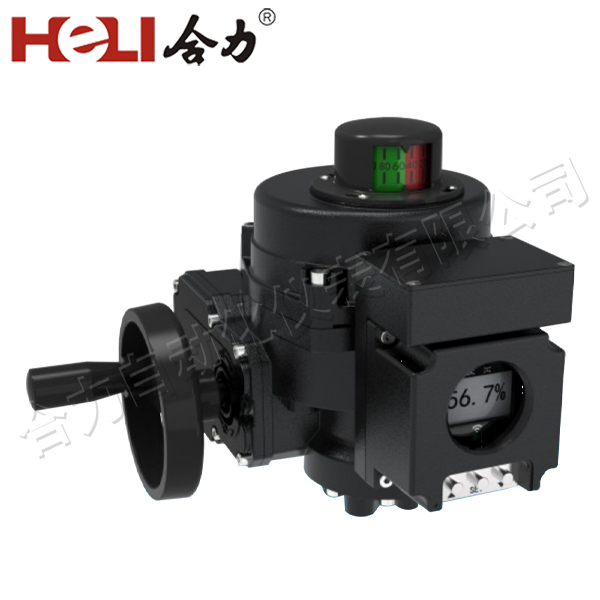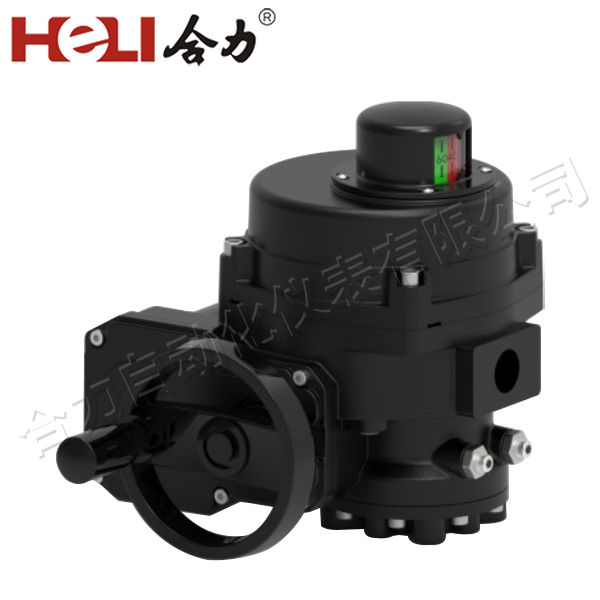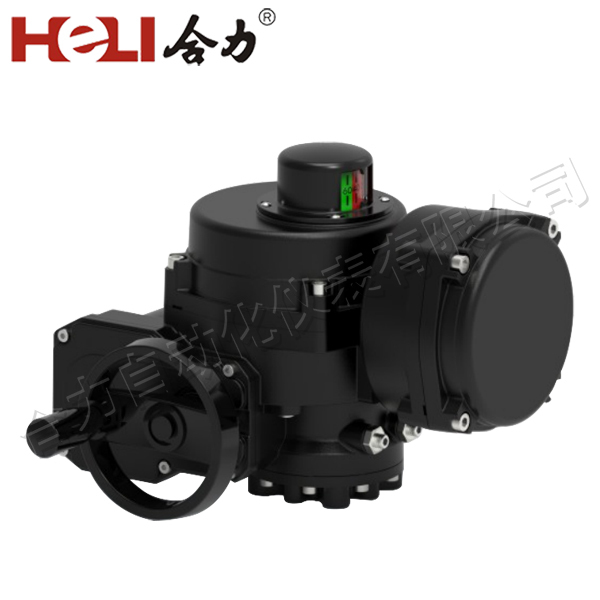Hydrogen energy has emerged as one of the most promising solutions for achieving a low-carbon, sustainable future. As the world seeks alternatives to fossil fuels, hydrogen, when used in fuel cells and other energy systems, presents an opportunity to reduce carbon emissions and shift toward renewable energy. The installation of hydrogen energy electrical systems plays a critical role in unlocking this potential. In this article, we will explore the key components and considerations of hydrogen energy electrical installations and the significance of their integration into future energy systems.

The Basics of Hydrogen Energy

Hydrogen is the most abundant element in the universe, and when used as a fuel, it only produces water as a byproduct, making it one of the cleanest energy carriers available. Hydrogen can be produced from various sources, including water through electrolysis, natural gas reforming, and even biomass. Once produced, hydrogen can be stored and used in fuel cells to generate electricity. Fuel cells are devices that convert the chemical energy from hydrogen into electricity through a chemical reaction with oxygen. These cells offer high efficiency, zero emissions, and the ability to provide a continuous power supply, making them ideal for a range of applications, from residential and commercial use to industrial power generation and transportation.
